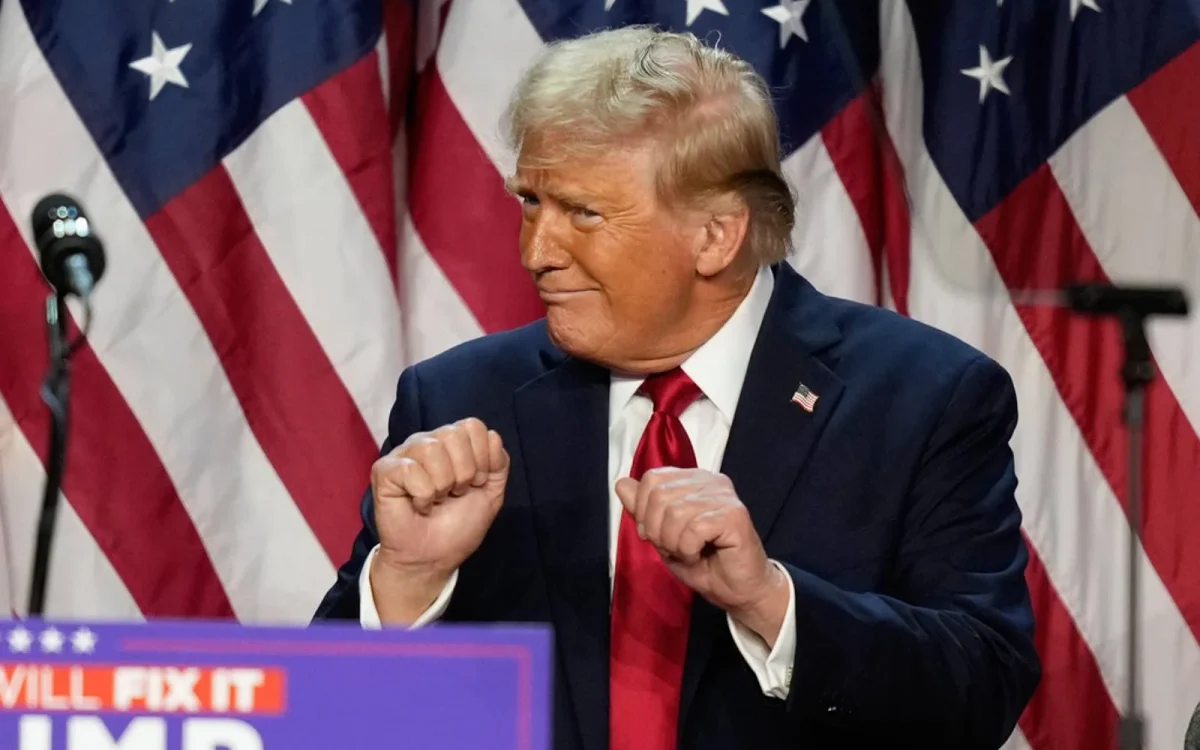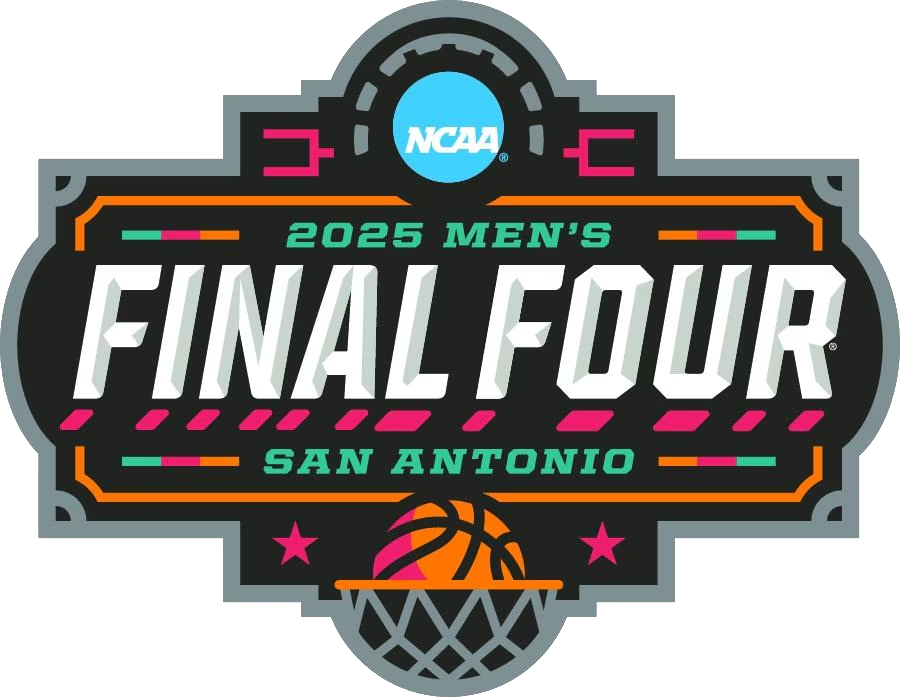It’s been more than two weeks since we received the results that Donald J. Trump would become the 47th President of the United States. In almost the same fashion, the Trump Hysteria began.
Trump Hysteria was almost unavoidable the day following the election. It was impossible to escape the torrent of social media posts, news reports, and public conversations that warned of dire consequences. Women’s rights were allegedly under threat, Trump was being painted as a potential dictator, and many claimed that democracy itself was in jeopardy. These exaggerated claims were fueled by fear and misinformation, often misrepresenting Trump’s policies and intentions. These hyperbolic statements were proven false or unfounded during and after the election, yet they continued to spread. It became clear that many critics of Trump had resorted to sensationalism, offering worst-case scenarios without solid evidence to back them up.
This hyperbolic rhetoric is not new for the Democratic Party. Similar tactics have been employed as far back as 2016 when Trump first ran for president. However, with the recent events involving two assassination attempts on Trump, the stakes of such inflammatory rhetoric have become far more concerning. The increasing political polarization and heated language may contribute to the toxic atmosphere that encourages extreme reactions. The consequences of unchecked rhetoric are now more tangible, as the violent actions of a few serve as a grim reminder of how words can escalate into dangerous behavior.
For college students, the victory for Trump meant more than just political disappointment—it also led to an atmosphere of heightened anxiety and uncertainty. Many students who had fervently supported other candidates found themselves struggling to come to terms with the outcome. In the days following the election, many universities took steps to address the emotional toll this event had on students. A wave of class cancellations swept across campuses, with professors and administrators offering time for reflection and discussion. Emails flooded inboxes with resources for counseling services, encouraging students to seek help if they were struggling to process the outcome. These measures were intended to provide a sense of support for those feeling overwhelmed by Harris’ loss and the uncertainty surrounding Trump’s presidency.
While these actions were designed to ease the emotional burden, they also highlighted the deeply entrenched divisions within society. Students, many of whom had grown up with a particular understanding of what democracy and governance should look like, were faced with the reality of a president they did not support. Their emotional reactions were, in part, a reflection of the highly charged political climate, one that often pitted personal identity against political ideology.
In the aftermath, while some of the panic gradually subsided, the national discourse remained divided. The country continued to grapple with the implications of Trump’s victory. As the weeks passed, the focus shifted from immediate reactions to a longer-term reflection on the state of American democracy. The political climate served as a reminder of the importance of critical thinking, civil discourse, and resilience in the face of uncertainty. As the nation moves forward, it will need to find ways to bridge the divides that have grown over the past few years and seek common ground. This will require a shift in how we engage with one another, moving beyond the emotional extremes and seeking solutions that can benefit all Americans, regardless of their political affiliations.







